Anemone sylvestris
£6.95
Snowdrop Anemone. Clump-forming perennial with mid-green deeply cut leaves, topped with nodding white flowers, with yellow centres. Height and spread 40cm. Flowers from April to June. Full sun/partial shade. Hardy.
Description
Anemone sylvestris, a clump-forming perennial, is renowned for its delicate, nodding white flowers with vibrant yellow centres. This hardy plant can easily be integrated into any garden for a natural, graceful look. With the right care, Anemone sylvestris will thrive and reward you with beautiful blooms each year. This planting guide will help you get the most out of your Anemone sylvestris.
PLANTING and AFTERCARE GUIDE
Best Time to Plant
- Spring: The best time to plant Anemone sylvestris is in the spring when the soil begins to warm. This gives the roots time to establish before the growing season begins, ensuring a healthy and vibrant plant.
- Autumn: Alternatively, Anemone sylvestris can be planted in early autumn. Planting at this time allows the plant to settle into its new position and encourages strong growth in the following spring.
Site Selection for Anemone sylvestris
- Sunlight: Anemone sylvestris thrives in full sun or partial shade. Choose a location that receives at least 4 to 6 hours of sunlight daily for optimal flowering. However, it benefits from some afternoon shade, particularly in warmer climates.
- Soil: Well-drained, fertile soil is essential for Anemone sylvestris. The plant does not tolerate waterlogged conditions, so make sure the soil has good drainage. Enrich the soil with organic matter such as compost to ensure the roots receive all the nutrients they need for healthy growth.
How to Plant
- Prepare the Hole: Dig a hole about twice the width and the same depth as the root ball of the Anemone sylvestris. This allows plenty of room for the roots to spread and establish.
- Soil Preparation: Add organic compost to the soil to improve fertility and drainage. Anemone thrives in nutrient-rich soil, so enhancing the soil quality will result in better growth and more blooms.
- Planting: Place the root ball of Anemone sylvestris in the hole, ensuring that the top of the root ball is level with the surrounding soil. Backfill the hole with soil, gently firming it to remove any air pockets.
- Watering After Planting: Water your Anemone thoroughly after planting to help settle the soil and encourage the roots to establish. Make sure the soil drains well to avoid waterlogging.
Watering Requirements
- Growing Season: Once established, Anemone is relatively drought-tolerant. Water the plant during dry spells, allowing the soil to dry out slightly between waterings. Overwatering can lead to root rot, so it’s important to let the soil dry a little before watering again.
- Dormant Season: During the dormant season, Anemone requires minimal watering. Only water if the soil becomes excessively dry, as the plant needs very little moisture while not actively growing.
Feeding
- Spring: In early spring, apply a balanced fertiliser to Anemone sylvestris to help it establish strong growth. This will support vibrant flowers in the coming months.
- Mid-Summer: A light feeding in mid-summer can help keep your Anemone healthy and encourage continued blooming. Be careful not to over-fertilize, as this can lead to excessive foliage growth at the expense of flowers.
Pruning
- Deadheading: Regularly deadhead Anemone sylvestris by removing faded flowers. This will help the plant focus its energy on producing new blooms rather than seeds.
- Autumn Pruning: After the flowering season ends, cut back the plant to the ground. This helps the plant conserve energy for the next growing season and prepares it for winter dormancy.
Mulching
- Spring: Apply a layer of mulch around the base of the plant in the spring. This will help retain soil moisture, suppress weeds, and regulate soil temperature, which is especially beneficial as the plant establishes itself.
- Winter: In colder months, mulching can protect the roots of your Anemone from frost and help prevent damage. A layer of organic mulch will also help keep the soil temperature stable during the winter months.
Supporting the Plant
Anemone sylvestris is generally sturdy and does not require staking. However, if grown in particularly windy areas, consider adding some support to prevent the plant from falling over, especially as the flowers begin to nod.
Final Tips for Growing
Anemone sylvestris is a low-maintenance perennial that adds elegance to any garden. It thrives in full sun to partial shade and requires well-drained, fertile soil. By following the simple care tips in this guide, your Anemone will reward you with stunning white flowers with yellow centres, creating a beautiful focal point in your garden year after year. Whether planted in borders, containers, or naturalised areas, Anemone sylvestris will enhance your garden with its charm and beauty.
See more Anemone from Proctors
Additional information
| Pot Size | |
|---|---|
| Plant Botanical Type | Perennial (herbaceous) |
| Flower Colour | White |
| Leaf Colour | Green |
| Varigated Leaf | No |
| Scent | No |
| Height | 0.4m |
| Spread | 0.4m |
| Blooms/foliage interest in | Spring, Summer |
| Evergreen | No |
| Hardiness | mild winter to – 5C |
| Container | Borders and Containers |
| Sun/shade | Full sun, Partial Shade |
| Soil Type | Loam (normal) |
| Soil PH | Neutral |
| Drainage | Well drained soil |
| Hazerdous | No |
| Insect Attraction | Bees |





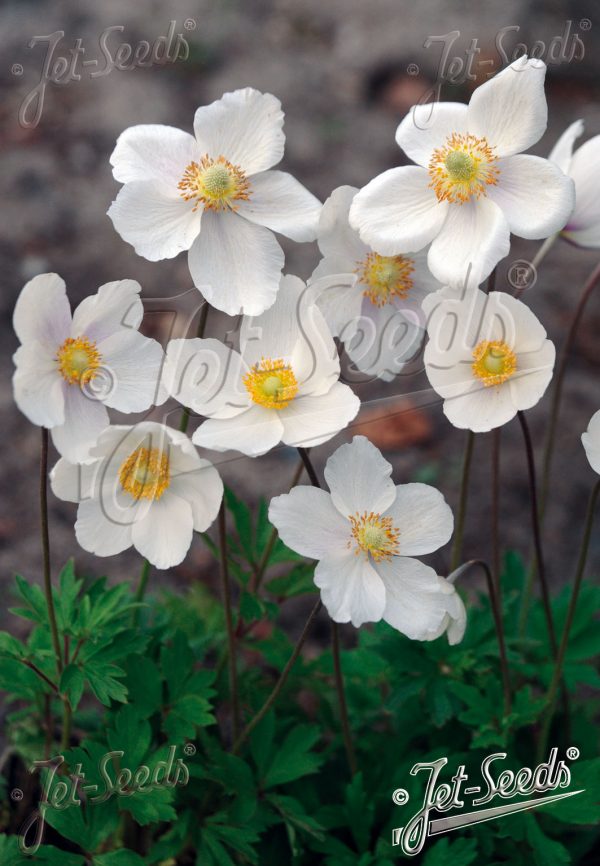
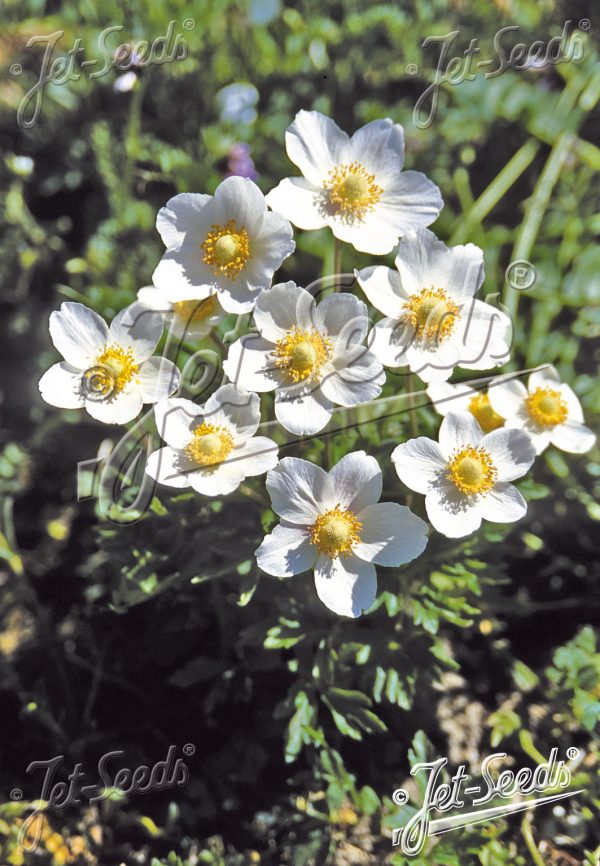
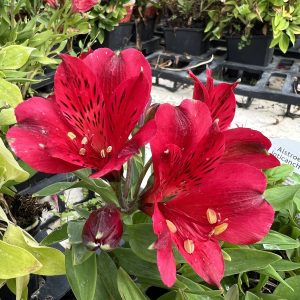
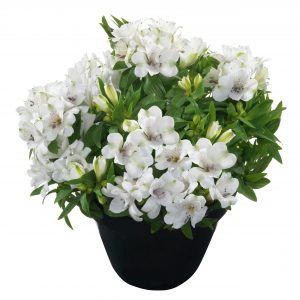
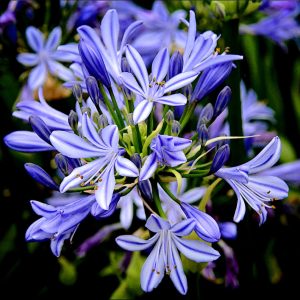

Reviews
There are no reviews yet.